Home>Technology>Security & Surveillance>How To Fix A Stuck Lock On A Door
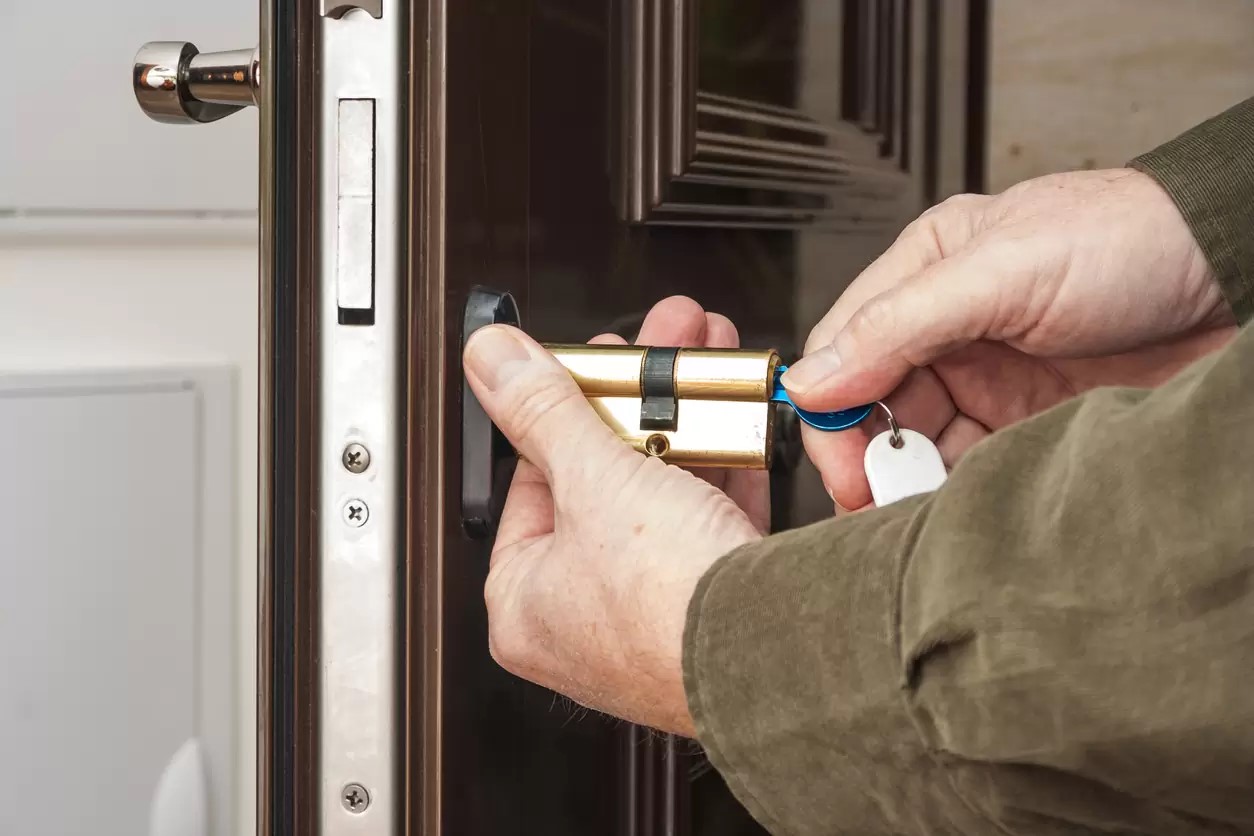

Security & Surveillance
How To Fix A Stuck Lock On A Door
Modified: January 5, 2024
Learn how to fix a stuck lock on a door for improved security and surveillance. Follow our step-by-step guide to resolve the issue quickly and effectively.
(Many of the links in this article redirect to a specific reviewed product. Your purchase of these products through affiliate links helps to generate commission for Storables.com, at no extra cost. Learn more)
**
Introduction
**
When a lock on a door becomes stuck, it can be a frustrating and inconvenient problem. Whether it's a sticky key, a misaligned door, or a more complex issue, dealing with a stuck lock requires a combination of patience, problem-solving skills, and the right tools. In this guide, we'll explore several methods for addressing a stuck lock on a door, ranging from simple DIY solutions to situations that may require professional assistance. By understanding the common causes of stuck locks and learning how to troubleshoot them effectively, you can regain access to your space and ensure the security of your property. So, let's dive into the world of lock troubleshooting and learn how to fix a stuck lock on a door.
**
Key Takeaways:
- Don’t Force It: Lubricate Your Lock
Regularly lubricating your door lock with the right lubricant can prevent it from getting stuck. Avoid using oil-based lubricants and be patient as you work to distribute the lubricant throughout the lock. - When in Doubt, Seek Professional Help
If you can’t fix a stuck lock on your own, don’t hesitate to call a locksmith or handyman. They have the expertise and tools to diagnose and resolve complex lock issues, ensuring the security of your property.
Read more: What To Do If Key Is Stuck In Door Lock
Assessing the Problem
**
Before diving into potential solutions, it’s crucial to assess the nature of the stuck lock. Start by examining the key – is it visibly damaged or worn? A damaged key can hinder the smooth operation of the lock. If the key appears to be in good condition, take a closer look at the door itself. Is it sticking or misaligned in the frame? Sometimes, a misaligned door can put pressure on the lock mechanism, causing it to jam.
Next, consider the type of lock in question. Is it a traditional key-operated lock, a deadbolt, or a more advanced electronic lock? Understanding the specific type of lock will guide your troubleshooting process. For electronic locks, check the battery status and ensure that the keypad or key fob is functioning properly.
If the lock is part of a larger security system, such as a smart home setup, verify that the connectivity and settings are intact. In some cases, connectivity issues or software glitches can lead to lock malfunctions.
Finally, assess the environmental factors that may be contributing to the problem. Is the door exposed to extreme temperatures or humidity? These conditions can affect the metal components of the lock, leading to corrosion or expansion that impedes smooth operation.
By thoroughly assessing the problem, you can gather valuable insights that will inform your approach to resolving the stuck lock. Remember, patience and attention to detail are key as you work to diagnose the underlying issues.
**
Lubricating the Lock
**
One of the most common reasons for a stuck lock is lack of proper lubrication. Over time, dust, debris, and metal-on-metal friction can cause the internal components of a lock to seize up, resulting in difficulty turning the key. Fortunately, this issue can often be remedied through the application of a suitable lubricant.
Begin by gathering the necessary supplies, including a graphite-based or silicone-based lock lubricant. Avoid using oil-based lubricants, as they can attract more dirt and grime, exacerbating the problem. With the lubricant in hand, insert the nozzle or straw attachment into the keyhole and administer a few short bursts of lubricant. Be mindful not to oversaturate the lock, as excess lubricant can lead to messy drips and attract more debris over time.
After applying the lubricant, insert the key and gently turn it back and forth to distribute the lubricant throughout the internal mechanisms. This should help to loosen any stuck pins or tumblers, allowing for smoother operation. If the key still meets resistance, avoid forcing it, as this can potentially damage the lock further.
For stubborn locks that show minimal improvement after initial lubrication, consider repeating the process after allowing the lubricant to penetrate the mechanism for a few minutes. Patience is key, as the lubricant may need time to work its way into the tight spaces within the lock.
By regularly maintaining your locks with appropriate lubrication, you can prevent future instances of sticking and prolong the lifespan of the lock mechanism. It’s a simple yet effective preventive measure that can save you from the inconvenience of dealing with a stuck lock in the future.
**
Try using a lubricant like WD-40 to spray into the keyhole and on the key itself. Insert the key and gently jiggle it to help loosen any stuck pins or debris.
Adjusting the Door Alignment
**
When a door becomes misaligned, it can exert pressure on the lock mechanism, leading to difficulty in operation. Addressing the door’s alignment is a crucial step in resolving a stuck lock issue. Start by visually inspecting the door in its closed position. Is there noticeable unevenness in the gaps around the door frame? Does the door appear to be sagging or sitting unevenly on the hinges?
If the misalignment is minor, you may be able to correct it by adjusting the hinges. With the assistance of a screwdriver, loosen the screws on the hinges slightly. Then, gently reposition the door to achieve a more balanced alignment, and tighten the screws back in place. Test the door to see if the adjustment has alleviated the pressure on the lock.
In cases where the misalignment is more severe, additional adjustments may be necessary. This could involve shimming the hinges or making alterations to the door frame to ensure a proper fit. While these tasks may require more advanced handyman skills, they can significantly improve the functionality of the door and its associated lock.
For doors with wooden frames, changes in humidity and temperature can cause the material to expand or contract, affecting the door’s alignment. In such instances, addressing the environmental factors that contribute to the misalignment can help prevent future occurrences of stuck locks.
By taking the time to assess and correct the alignment of the door, you can relieve the strain on the lock and restore smooth functionality. This proactive approach not only resolves the immediate issue but also contributes to the overall security and convenience of your living space.
**
Using a Key Extraction Tool
**
When a key becomes stuck in a lock, it can pose a significant challenge, especially if the key is broken or jammed deep within the mechanism. In such situations, a key extraction tool can be a valuable asset for resolving the issue.
Key extraction tools are designed to safely remove broken or stuck keys from locks without causing damage to the lock itself. These tools typically feature thin, hooked probes that can grasp onto the key fragment and facilitate its extraction. Before attempting to use a key extraction tool, it’s important to assess the severity of the situation. If the key is partially protruding from the lock, carefully grasp it with pliers and pull it out. However, if the key is lodged deep within the lock, it’s best to rely on a key extraction tool to avoid exacerbating the problem.
Begin by selecting a suitable key extraction tool, ensuring that it matches the size and type of the keyway. Apply a small amount of lubricant to the keyway to ease the extraction process. Then, carefully insert the extraction tool into the keyway and maneuver it to hook onto the key fragment. Exercise patience and precision, as excessive force can lead to further complications.
Once the extraction tool has secured a grip on the key, gently pull it outward, applying consistent pressure. It’s essential to maintain a steady hand and avoid sudden movements that could break the key or damage the lock. With careful maneuvering, the key should gradually disengage from the lock, freeing it from the obstruction.
After successfully extracting the key, thoroughly inspect the lock and keyway for any signs of damage or debris. Clean the keyway and apply lubricant to ensure smooth operation. If the key has sustained damage, consider obtaining a replacement to prevent future issues.
By utilizing a key extraction tool with caution and precision, you can effectively resolve the challenge of a stuck or broken key in a lock, restoring the functionality of the lock and ensuring continued security for your property.
**
Read more: How To Fix The Door Lock
Seeking Professional Help
**
When attempts to resolve a stuck lock on a door prove unsuccessful or when the issue appears to be complex, seeking professional assistance from a locksmith or a qualified handyman is a prudent course of action. Professional locksmiths possess the expertise, specialized tools, and experience to diagnose and address a wide range of lock-related problems, ensuring a swift and effective resolution.
Locksmiths are equipped to handle various types of locks, including traditional key-operated locks, deadbolts, electronic locks, and smart lock systems. Their in-depth knowledge allows them to identify underlying issues such as damaged internal components, worn keyways, or malfunctioning electronic components.
When engaging a locksmith’s services, it’s essential to convey the specifics of the problem and any prior attempts at troubleshooting. This information can aid the locksmith in devising an appropriate solution and streamline the repair process. Additionally, be prepared to provide details about the type and brand of the lock, as well as any relevant maintenance history.
For electronic or smart locks, locksmiths with expertise in digital security systems can offer comprehensive assistance, including troubleshooting connectivity issues, reprogramming access codes, and conducting diagnostic tests to ensure optimal functionality.
In situations where the door itself is misaligned or exhibits structural issues that contribute to the stuck lock, a qualified handyman or carpenter can provide valuable support. These professionals can assess and rectify door alignment problems, address frame adjustments, and implement solutions to prevent recurring lock-related issues.
By enlisting the expertise of professionals, you can gain peace of mind knowing that the root cause of the stuck lock will be accurately diagnosed and effectively remedied. This proactive approach not only resolves the immediate issue but also contributes to the long-term security and functionality of your door’s locking system.
Frequently Asked Questions about How To Fix A Stuck Lock On A Door
Was this page helpful?
At Storables.com, we guarantee accurate and reliable information. Our content, validated by Expert Board Contributors, is crafted following stringent Editorial Policies. We're committed to providing you with well-researched, expert-backed insights for all your informational needs.
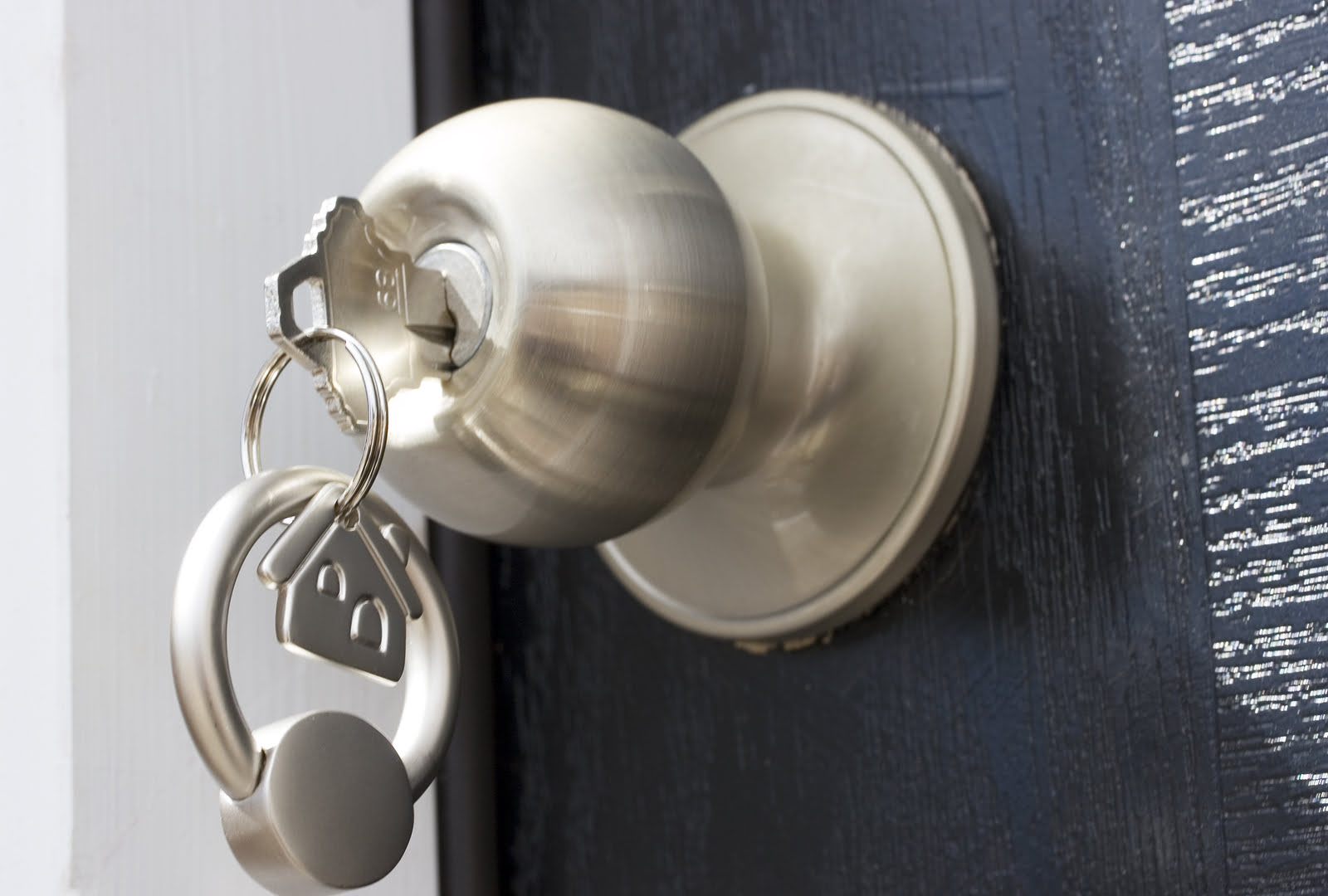
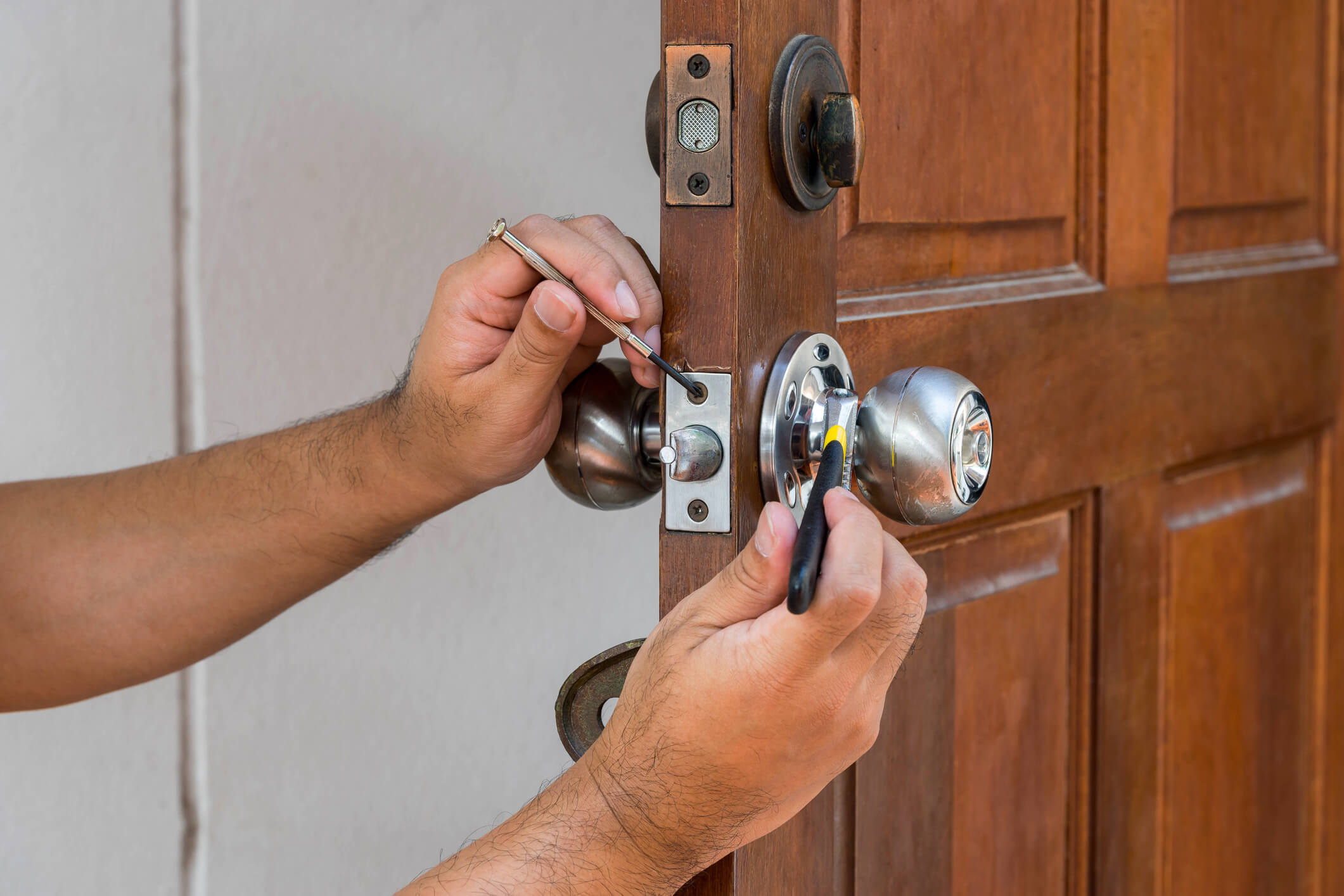
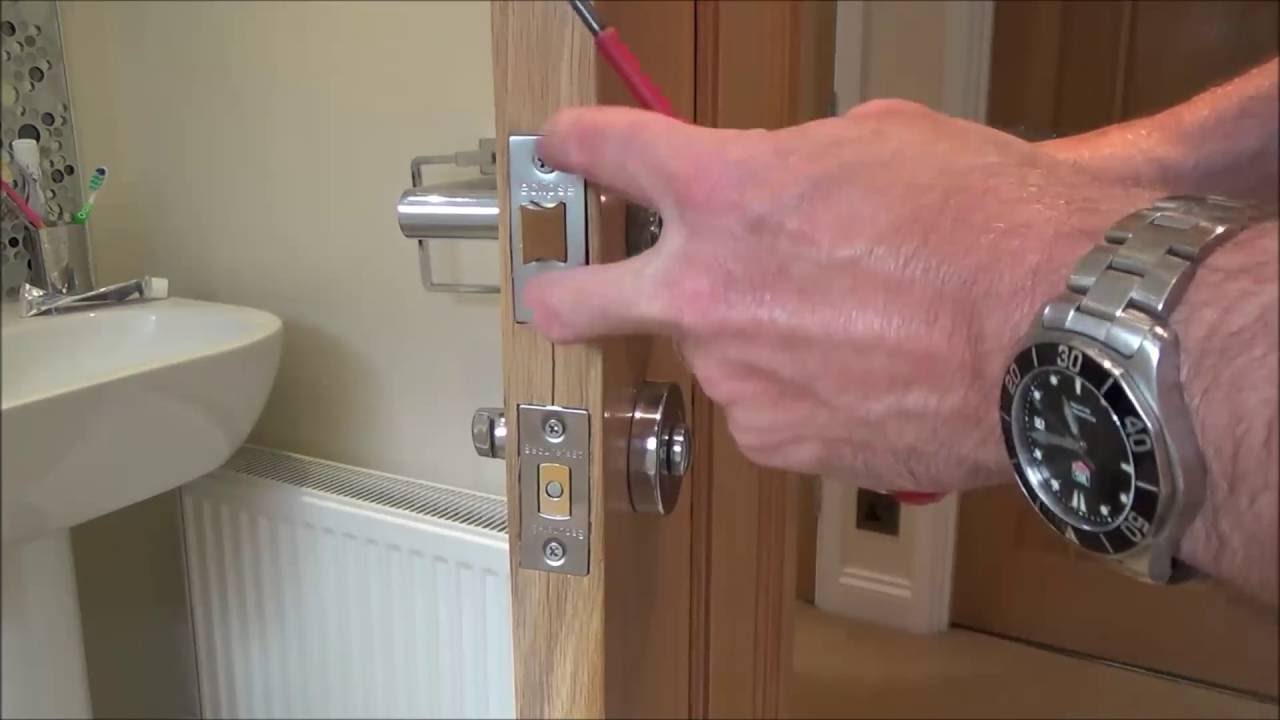
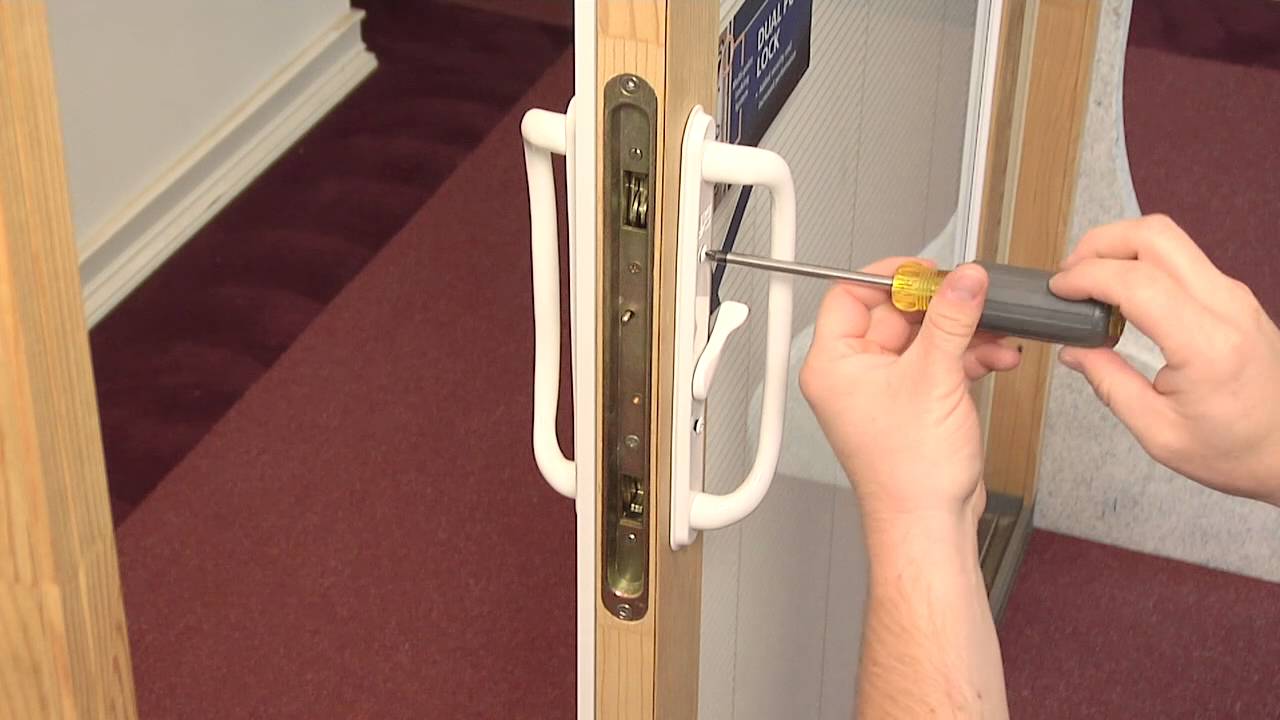
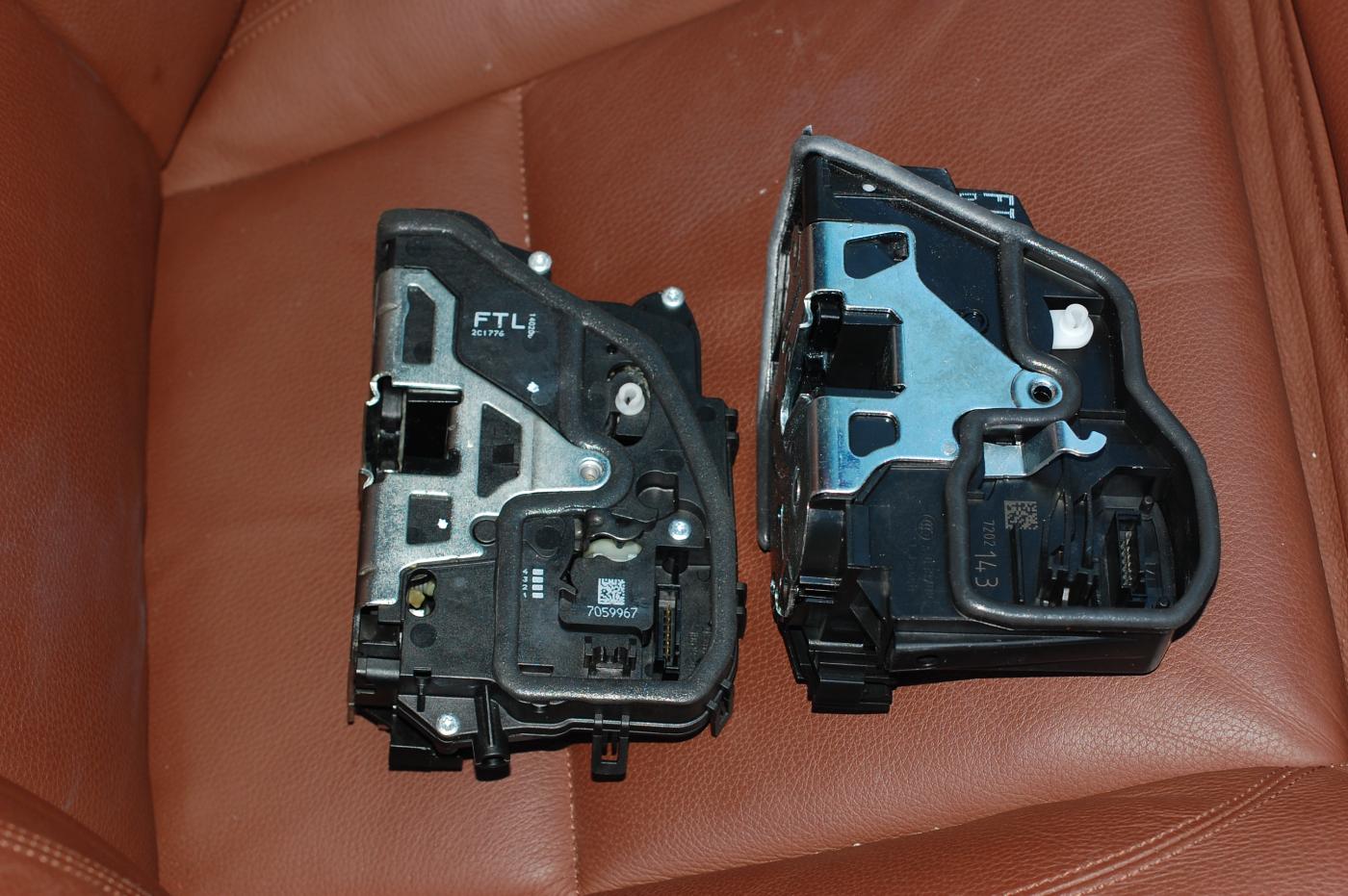
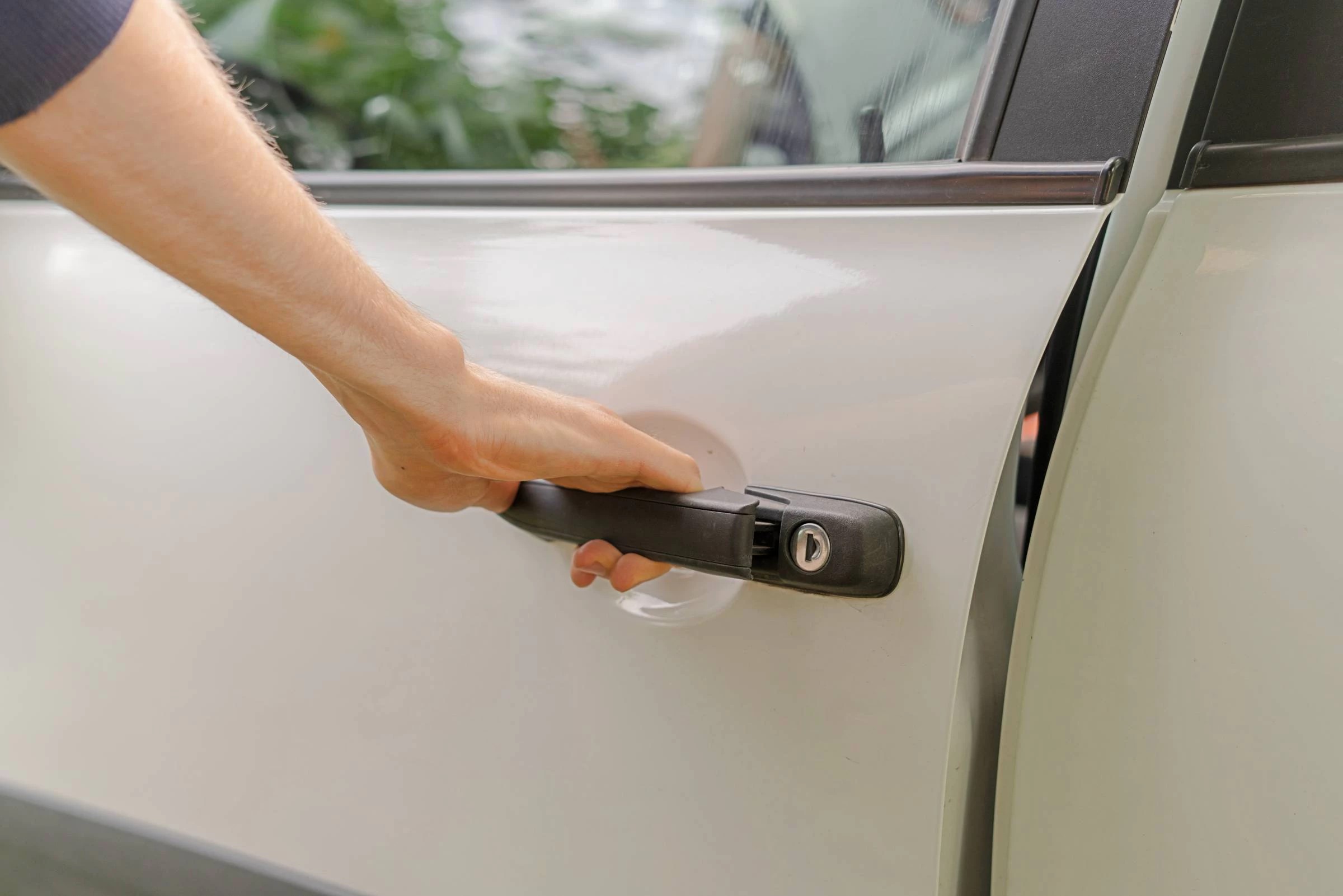
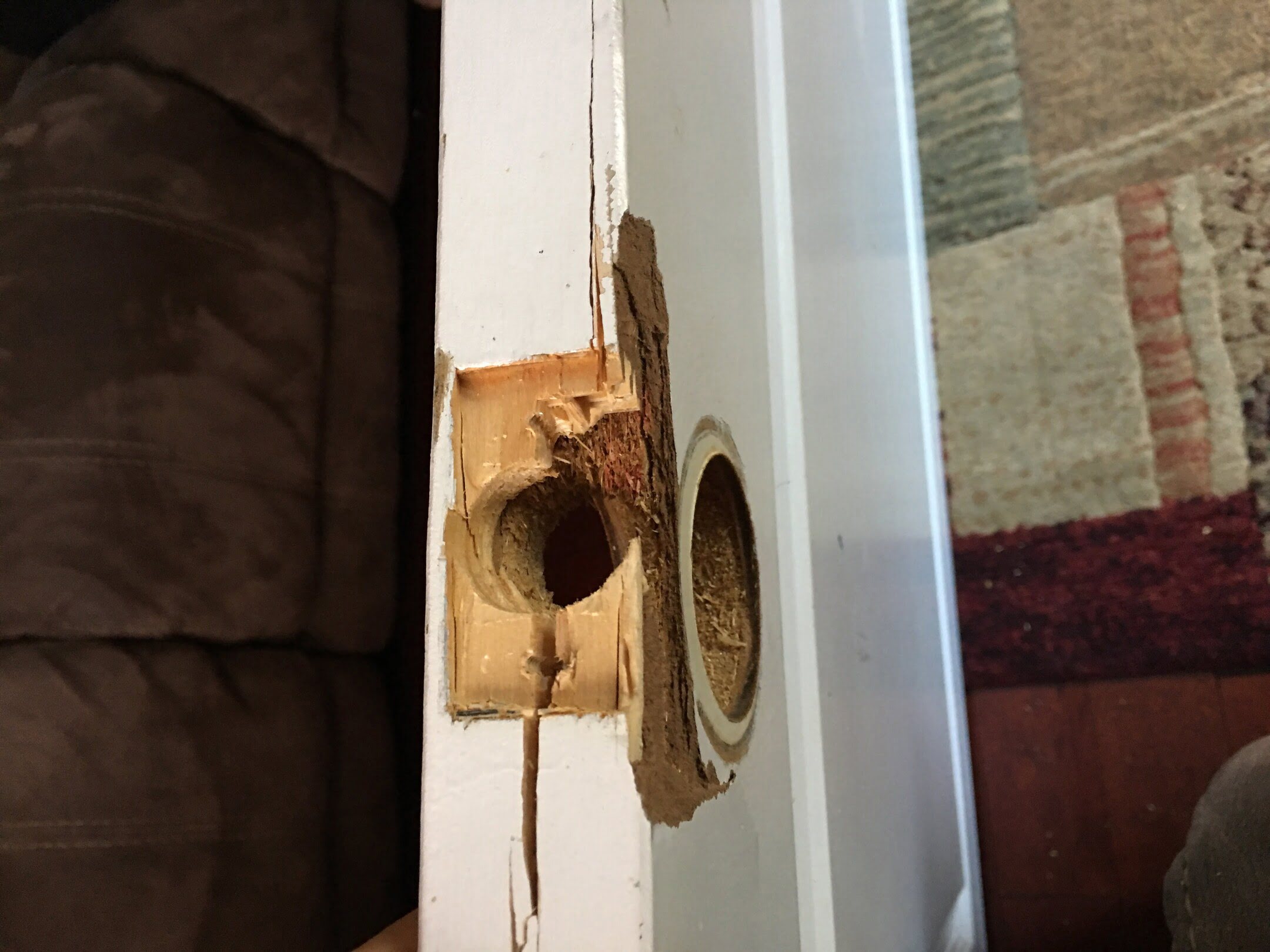
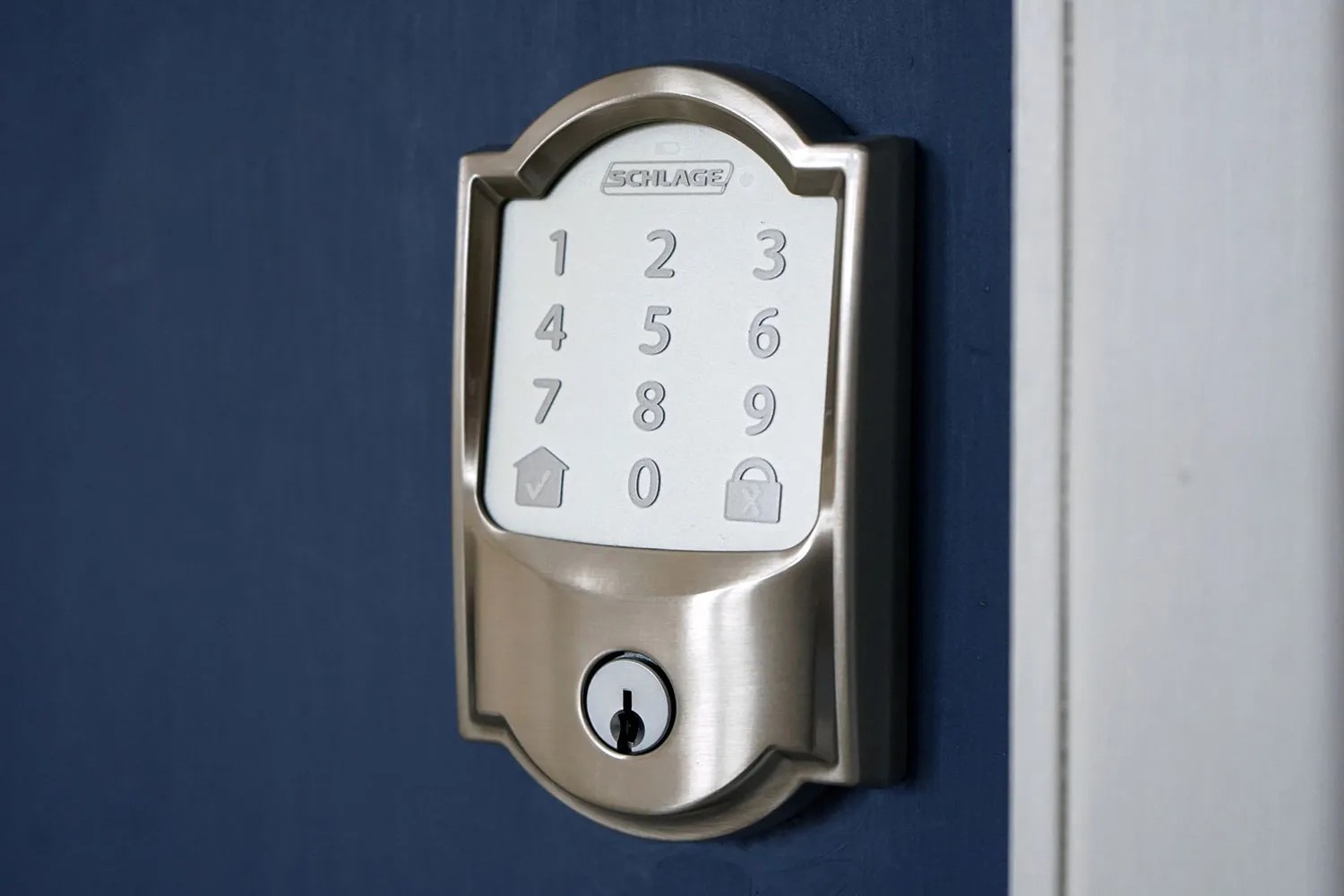
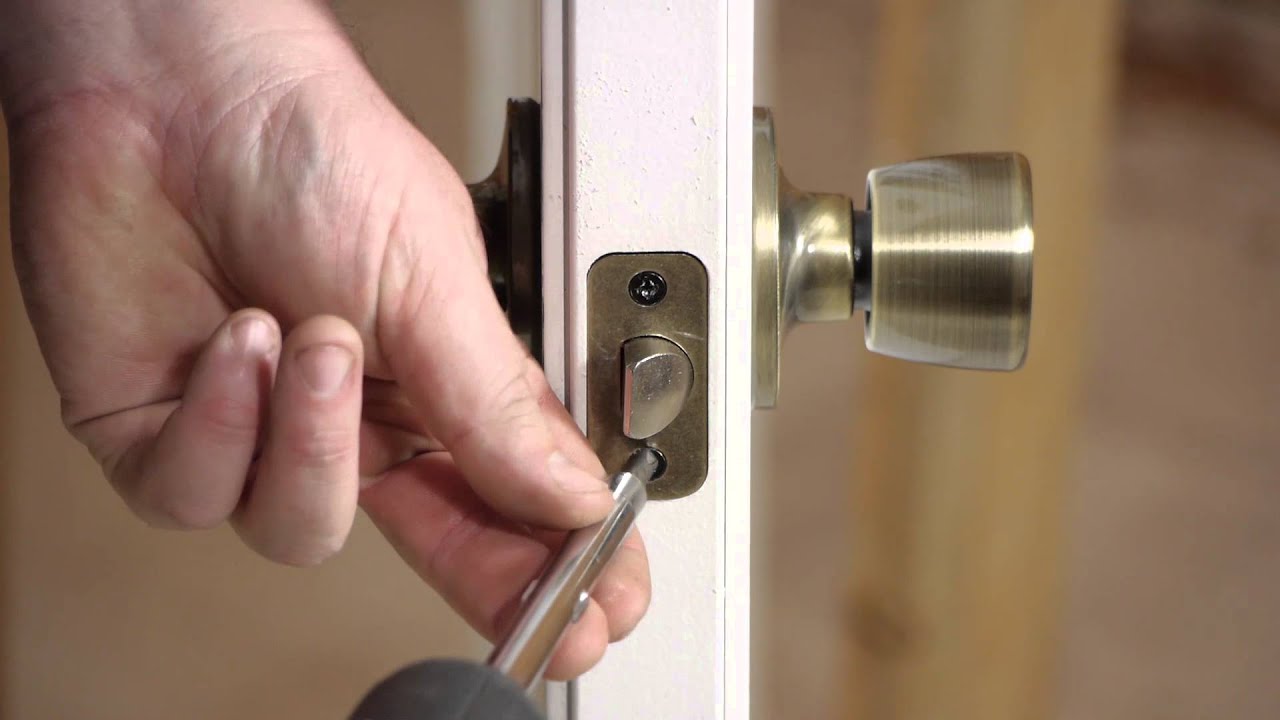
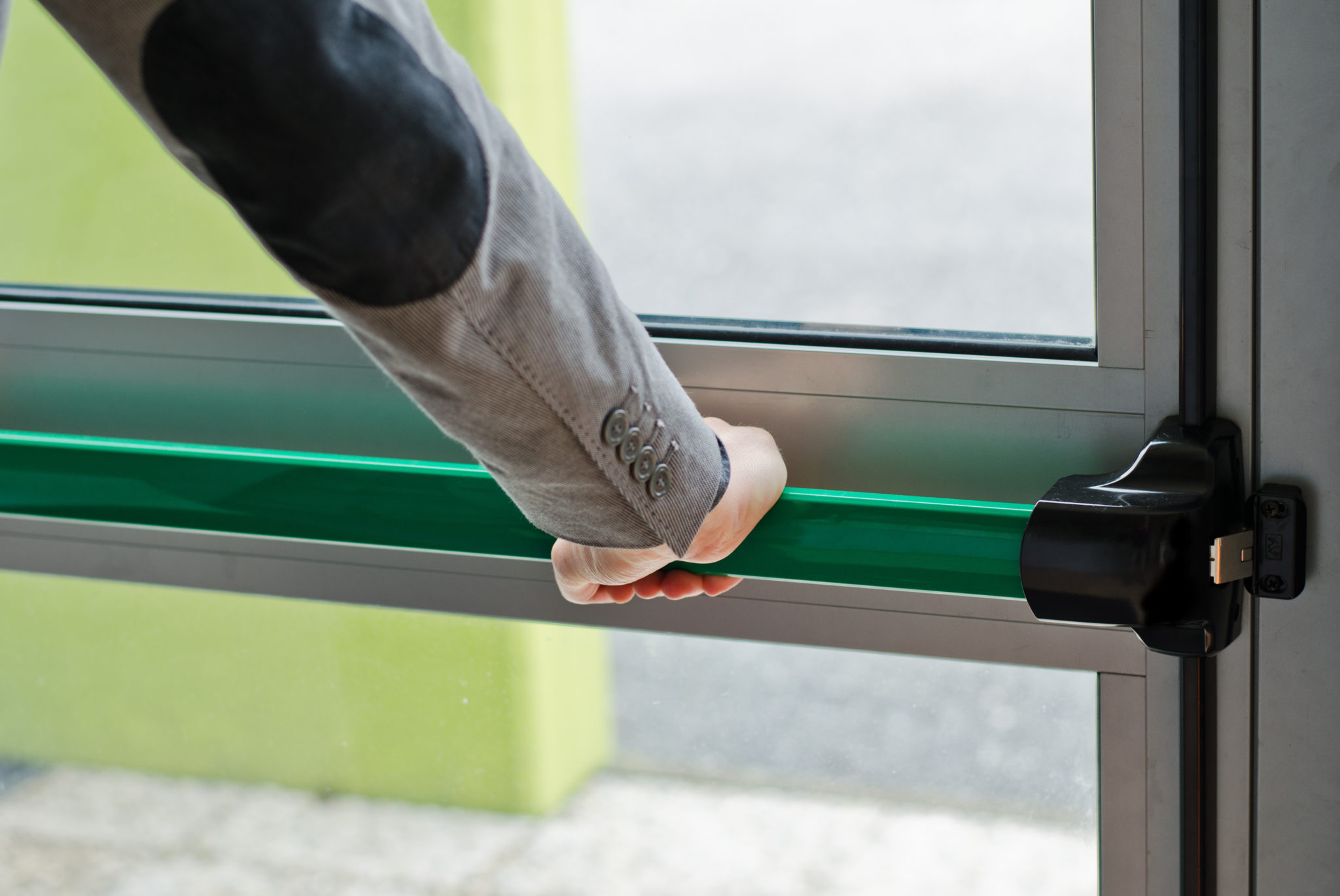
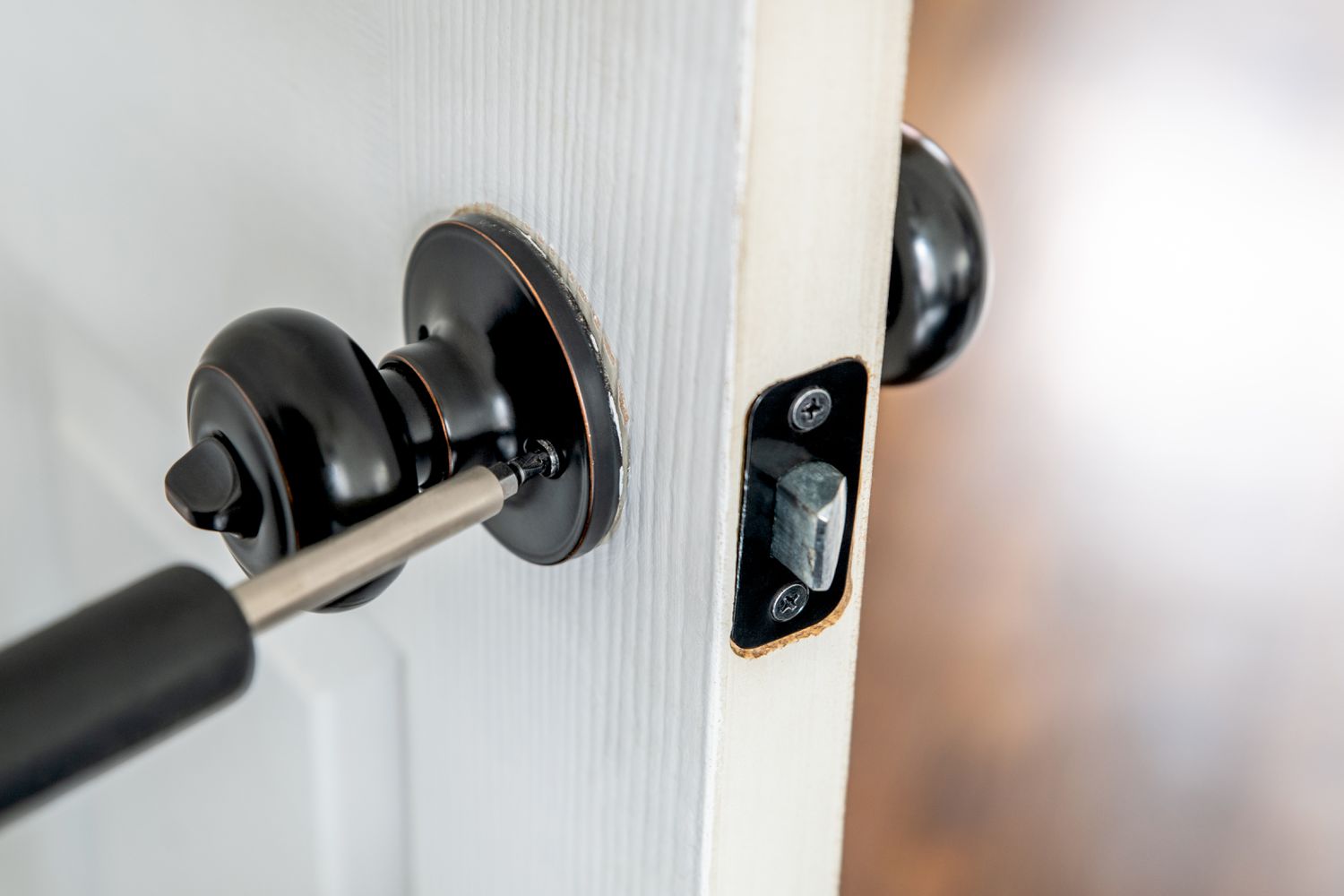
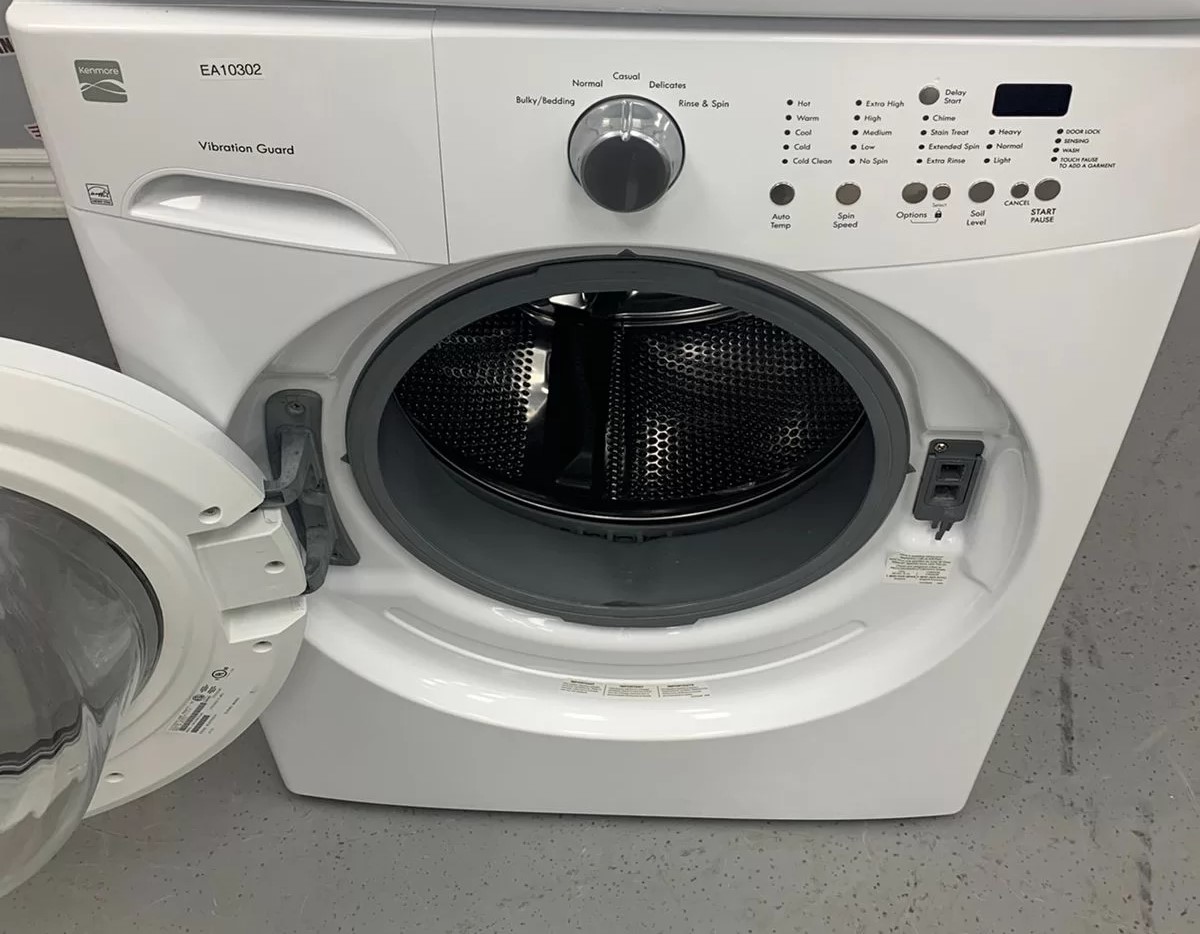
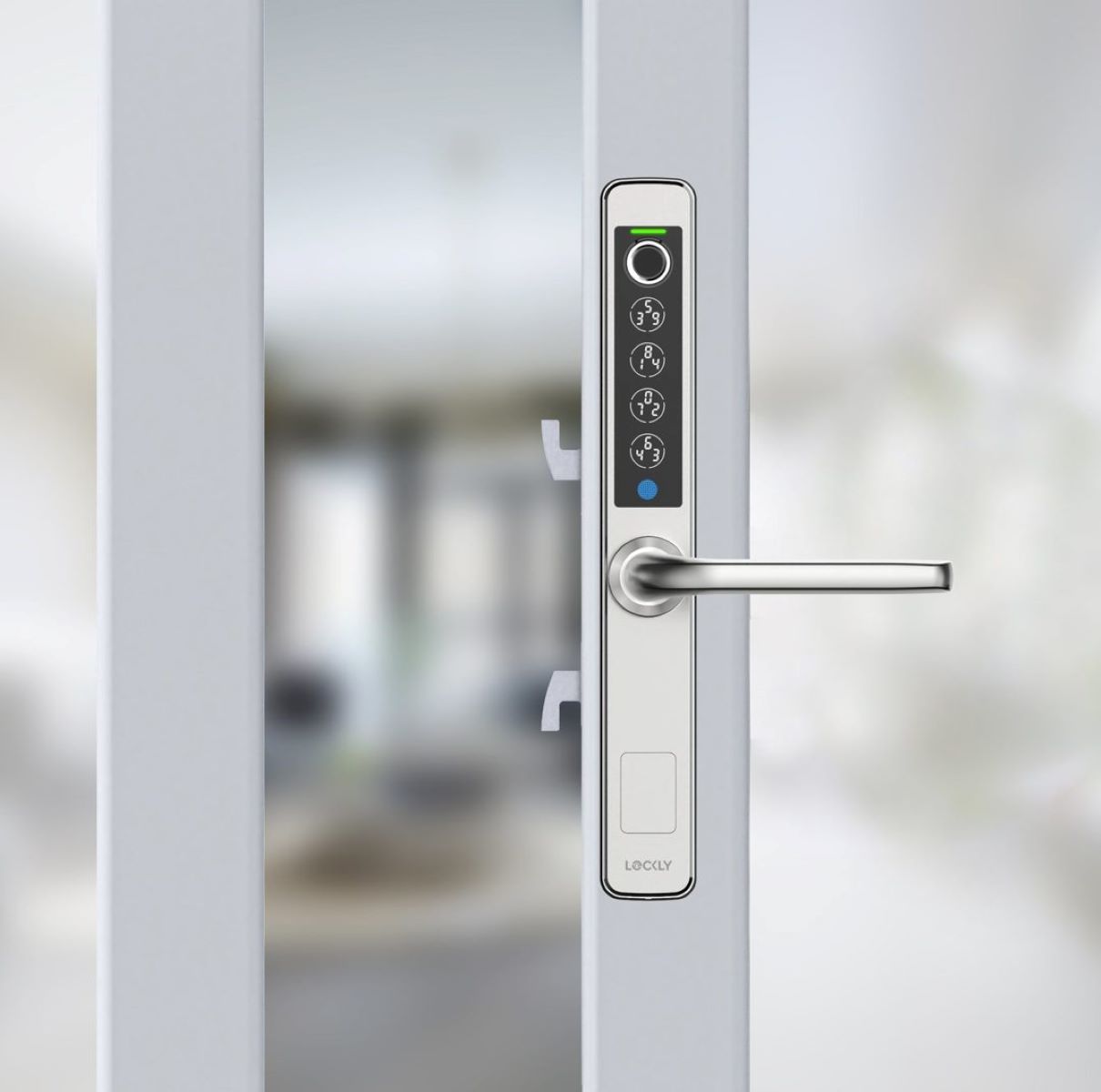
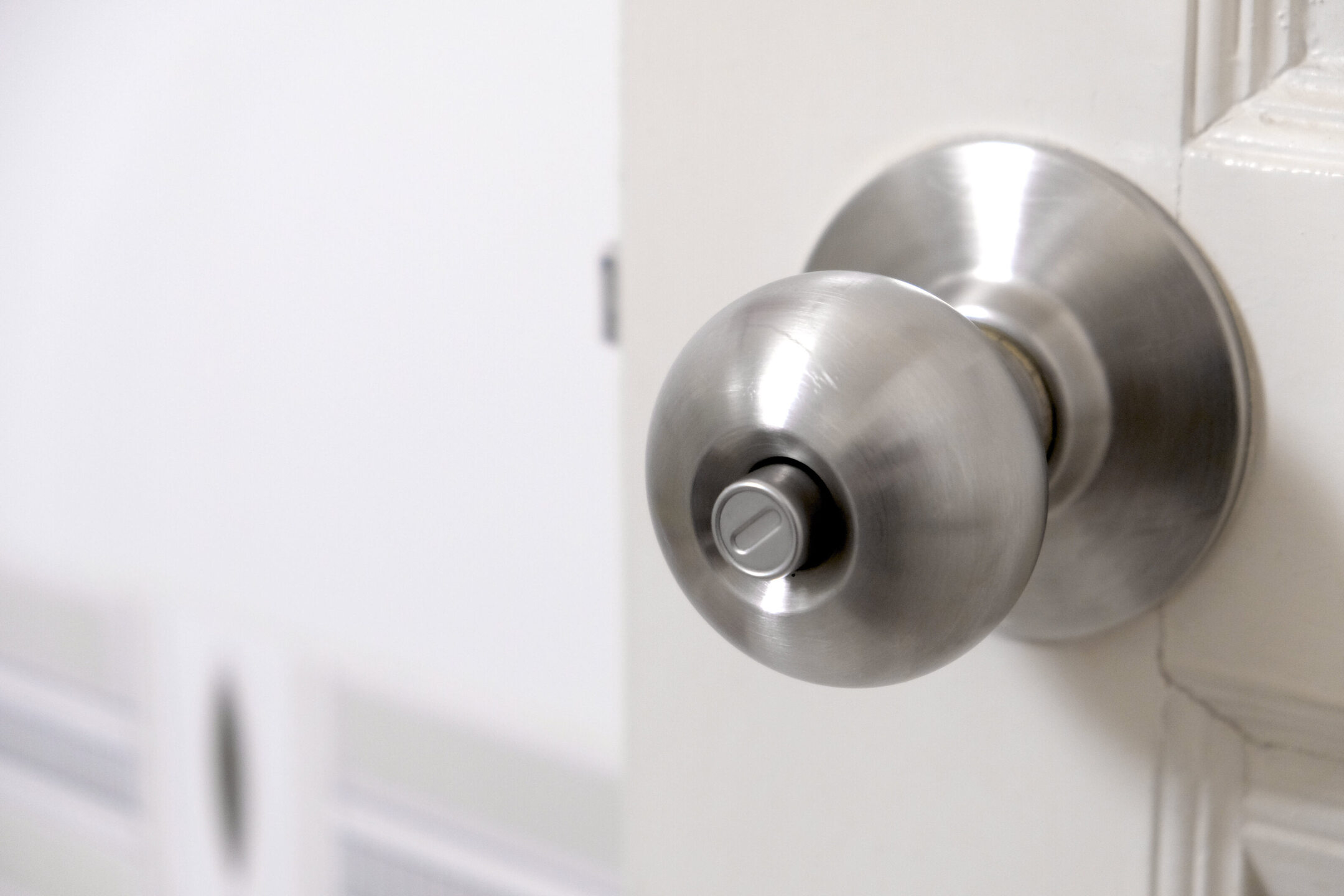

0 thoughts on “How To Fix A Stuck Lock On A Door”